If you’re in the trades, renovation, demolition, or serious DIY, you know how quickly Sawzall blades can wear out. Whether you call them reciprocating saw blades, Sawzall blades, or just blades for your demo saw, their lifespan is a deciding factor in cost, efficiency, and job quality.
At EZARC Tools, we believe in equipping you with smart tips and high-quality accessories so you spend less on consumables and more time working. In this post, we’ll dig into proven techniques, tips, and best practices to help your Sawzall blades last longer — while also showing how EZARC’s blades and accessories can help you get the most out of every cut.
- Why Blade Life Matters
- Understand What Determines Blade Longevity
- 1. Always Use the Right Blade for the Job
- 2. Feed Moderately — Don’t Force It
- 3. Mind Your Speed & Cooling
- 4. Keep the Blade Clean & Free of Debris
- 5. Regular Inspection & Early Replacement
- 6. Store Blades Properly
- 7. Optimize Sawzall Setup & Usage Technique
- 8. Rotate Use & Spread Wear
- 9. Consider Sharpening / Re-tipping (If Applicable)
- 10. Use Premium Blades (Like EZARC’s) & Match Quality to Use
- Addressing Common Myths & Mistakes
- Wrapping Up & EZARC Tools Callout
Why Blade Life Matters
Before diving into techniques, let’s clarify why maximizing blade life is worth the effort:
- Cost savings: Even mid‑grade blades add up. Extending life by 20–50% can substantially reduce your consumable bills.
- Consistency & quality: A fresh blade cuts cleaner, straighter, with fewer burns or tear-outs.
- Tool health: A dull or damaged blade puts extra strain on your saw’s motor and components, potentially shortening its life.
- Safety: Dull or bent blades increase the chance of binding, kickback, or sudden breakage.
Sawzall blades are consumable items, but with good technique and care, you can stretch their service life significantly.
Understand What Determines Blade Longevity
To know what you can do, it helps to understand what factors shorten blade life. Here are some of the key ones:
| Factor | Effect on Blade | Notes / Literature |
| Material hardness & abrasiveness | Hard or abrasive materials (e.g. metal, nails, laminated wood) dull blades faster | Harder materials increase strain and wear |
| Heat & friction | Excess heat softens the blade or tooth coating, dulling faster | Proper cooling and lubrication help reduce this |
| Vibration & misalignment | More vibration causes tooth chipping or micro-cracks | Keeping the blade stable is critical |
| Using improper blade type | Using a wood blade on metal, or vice versa, accelerates damage | Matching blade to material is essential |
| Blade speed and feed rate | Too fast feed or over-aggressive pressure increases wear | A moderate pace is usually optimal |
| Lack of maintenance | Debris buildup, rust, or corrosion degrade cutting edge | Cleaning, checking, and lubrication all help |
Some sources estimate that a typical Sawzall blade — under moderate use — might last 20–30 hours of cutting time. sawhubs.com Bi-metal blades (or carbide‑tipped blades) can last many times longer than simple carbon steel blades. sawhubs.com+1
1. Always Use the Right Blade for the Job
One of the simplest and most effective ways to lengthen blade life is matching blade type to the task.

- For wood and lumber, use a coarse TPI (teeth per inch) blade that’s designed for wood. Avoid using metal-cutting blades on wood if possible, and vice versa.
- For metal or pipes, pick a blade with finer teeth, bi-metal construction, or carbide tips.
- For nail-embedded wood or demolition, use blades labeled for demolition / construction / nail-embedded. At EZARC, our Carbide-Tipped Reciprocating Blades are built for exactly these tough tasks — they outperform standard blades and resist chattering even when cutting through nails. (You can highlight or link your specific product here.)
Using a wood blade to cut thick steel or rebar will wear out the cutting edge almost immediately. The right blade, used on the right material, avoids unnecessary stress.
Also, pick the correct TPI. Too many teeth when cutting thick stock slows the blade and increases wear; too few teeth on thin materials leads to ragged finish and stress on teeth. alltoolsforyou.com+1
2. Feed Moderately — Don’t Force It
One of the most common rookie mistakes is pushing too hard. Applying excessive force will:
- Generate more heat (due to friction)
- Bend or flex the blade
- Cause chipping or breakage
Instead, let the blade and tool do the work. Maintain a steady but moderate feed. If the blade is bogging down, slow your rate or stop and let it “catch its breath.” Many expert sources emphasize that overfeeding is a major cause of early blade failure. The Ultimate Deck Shop+1

3. Mind Your Speed & Cooling
Speed and heat play crucial roles in blade wear.
- Use a moderate cutting speed. Going full throttle all the time is tempting, but for tougher materials, backing off a little can reduce heat buildup. innovativesaws.com
- In continuous or heavy duty cutting, take pauses / rest intervals to let the blade cool. Overheating damages temper or coatings. innovativesaws.com
- Use lubricants / cutting oil when cutting metal. A drop or light film helps to reduce friction, carry away heat, and cling to the cutting edge. ShunTool+2innovativesaws.com+2
Note: Use non-flammable, blade-safe lubricants (don’t use gasoline or harsh solvents). ShunTool+1
For example, before plunge-cutting a metal conduit, you might dab a light film of cutting oil along the intended cut line. This small effort can greatly slow down dulling.
4. Keep the Blade Clean & Free of Debris
Debris, resin, pitch, and metal chips that cling to the blade reduce performance and accelerate wear.
- After each use (or every few hours of work), wipe the blade clean. Use mild soap, water, or blade-specific cleaners. Scrub gently with a soft brush or nylon pad. svinews.com+2innovativesaws.com+2
- Avoid soaking or harsh chemicals that may damage coatings.
- Inspect for clogs in gullets (spaces between teeth) and clear them.
- Before storage, make sure blades are dry and free of moisture to prevent corrosion. Hebei JK Tools Co., Ltd.+1
A cleaner blade works more efficiently, keeps heat down, and preserves sharp edges.
5. Regular Inspection & Early Replacement
Don’t wait until performance is awful. Make regular inspections part of your routine.

Look for:
- Chipped or missing teeth
- Bent or warped blades
- Teeth that have lost sharpness
- Burn marks, discoloration, or signs of overheating
If you see any of these, retire or rotate the blade before catastrophic failure. Many sources suggest replacing blades after 10–15 hours of heavy service or as soon as you see damage. innovativesaws.com+1
In your inspection, also check the blade clamp or chuck on your saw — if it’s loose or has play, it could damage blades prematurely.
At EZARC Tools, we test each batch for edge retention and durability. (You can describe your internal QC or warranty policy here.)
6. Store Blades Properly
Improper blade storage is a silent killer of blade life.
- Store in a blade case, rack, or holder that keeps blades separated and prevents them from knocking into each other.
- Keep them in a dry, humidity-controlled environment to prevent rust. Hebei JK Tools Co., Ltd.+1
- You can consider coating blades with a light oil or rust inhibitor before long-term storage.
- Avoid stacking loose blades unprotected — they’ll scratch or dull each other. svinews.com+1
When you sell blades, you can package them with a small protective sleeve or grease film to help with shelf life until use.
7. Optimize Sawzall Setup & Usage Technique
Sometimes small adjustments to how you use your Sawzall can make a big difference:

- Use an adjustable shoe (footplate) properly — pressing the shoe firmly against the work stabilizes the cut and reduces vibration. ShunTool+1
- Minimize lateral bending or twisting — a blade under side-load is more likely to chip or break.
- Start cuts correctly — plunge cuts should begin slowly so the blade doesn’t jump or snag.
- Avoid excessive vibration — maintain control of the tool; steadier operation conserves blade life.
- Alternate cutting angles (if possible) in aggressive jobs to keep any one part of the blade from over-stressing.
8. Rotate Use & Spread Wear
If you have multiple blades, rotate them across jobs. That way, you avoid overworking any single blade.
Also, when doing long cuts, sometimes flip the blade direction (if your saw allows) to share wear symmetrically.
9. Consider Sharpening / Re-tipping (If Applicable)
Some high-end or bi-metal blades can be re-sharpened or re-tipped. While not always cost-effective, this is an option for specialty blades.
However, be cautious — poor sharpening can alter tooth geometry and cause more harm than good.
10. Use Premium Blades (Like EZARC’s) & Match Quality to Use
You get what you pay for. Premium blades (bi-metal, carbide-tipped, coated) invest more material, better hardness, wear resistance, and edge geometry. These features inherently last longer.
At EZARC Tools, our reciprocating blades are engineered for durability:
- High-quality substrates and coatings
- Precision grinding and edge geometry
- Nail-embedded / construction-rated blade lines
- Batch testing and quality control
When you pair good blades with the tips above, you’ll see major gains in life and consistency.
Addressing Common Myths & Mistakes
Myth: “Cheap blades are fine — they all cut the same.”
Reality: Many users discover that inexpensive blades dull or break quickly, especially on tougher materials. Replacing cheap blades every few hours adds up to a lot more cost than using higher-end blades with longer life. (Users on forums often note that good blades last several times longer than cut-rate ones.) Reddit+2Reddit+2
Mistake: Skipping lubrication on metal cuts.
Even a small drop of cutting oil can dramatically reduce heat and friction, extending life. Many blades die prematurely just because users neglect this step.
Myth: Over-speed is always better.
Running full RPM all the time is tempting, but on harder materials or long jobs, backing off the speed slightly can reduce heat and wear.
Mistake: Storing blades loose or in humid environments.
This quietly degrades the edges — even before you use them.
Wrapping Up & EZARC Tools Callout
Every time you sharpen, adjust, or care for your tools, you’re investing in smoother work, more consistent results, and lower long-term cost. By following these practices — using correct blades, controlling feed rate and heat, cleaning and storing well — you can extend the life of your sawzall blades significantly.
At EZARC Tools, we design our reciprocating blades with durability in mind: from substrate materials to coatings, edge geometry, and quality control. Combined with your careful usage, EZARC blades will give you maximum service and reliability.
If you want, I can also help you compose meta tags, headings, or internal links to optimize this blog post for SEO. Do you want me to produce a fully SEO‑optimized version with headers and keywords placed optimally?

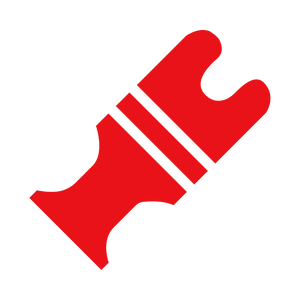 Oscillating Multi-Tool Blades
Oscillating Multi-Tool Blades
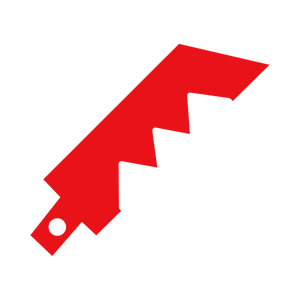 Reciprocating Saw Blades
Reciprocating Saw Blades
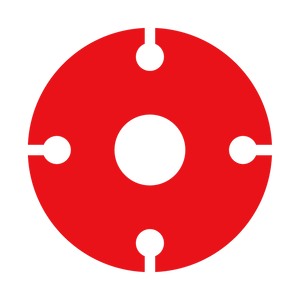 Cutting & Grinding
Cutting & Grinding
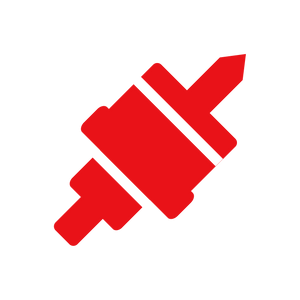 Hole Saw
Hole Saw
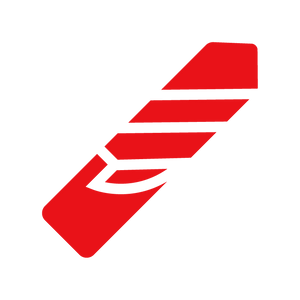 Drilling
Drilling
 Sanding & Polishing
Sanding & Polishing
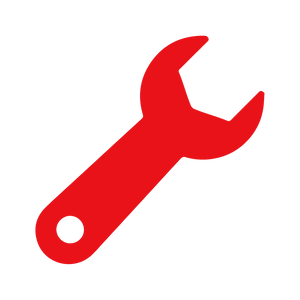 Hand Tools
Hand Tools
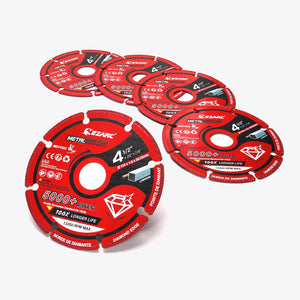 Metalworking & Fabrication
Metalworking & Fabrication
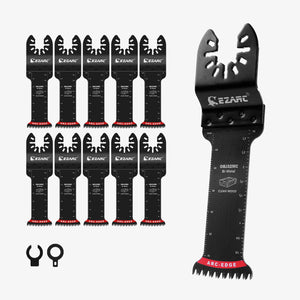 Woodworking & Furniture Making
Woodworking & Furniture Making
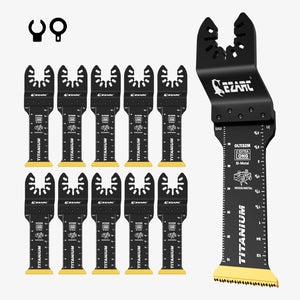 Plumbing & Electrical Installation
Plumbing & Electrical Installation
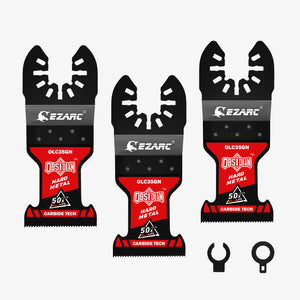 Construction & Renovation
Construction & Renovation
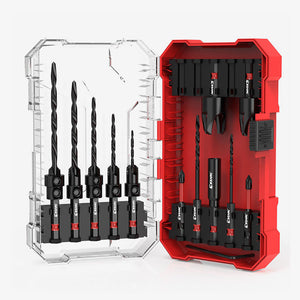 Window & Door Repair
Window & Door Repair
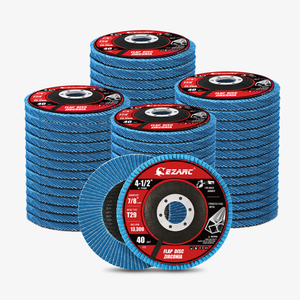 Rust Removal & Surface Cleaning
Rust Removal & Surface Cleaning
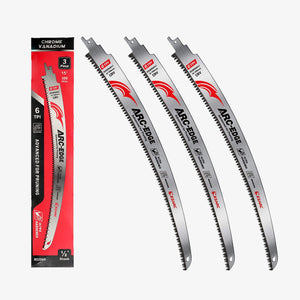 Gardening & Outdoor Projects
Gardening & Outdoor Projects
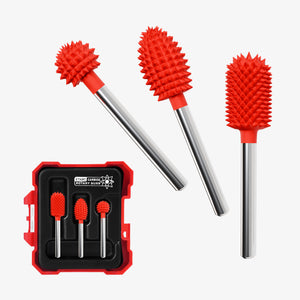 Art & Creative Projects
Art & Creative Projects
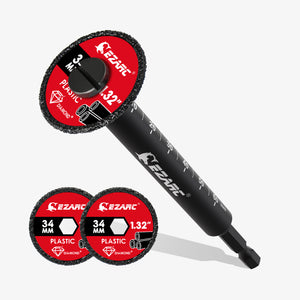 NEW ARRIVALS
NEW ARRIVALS






















发表评论
此站点受 hCaptcha 保护,并且 hCaptcha 隐私政策和服务条款适用。